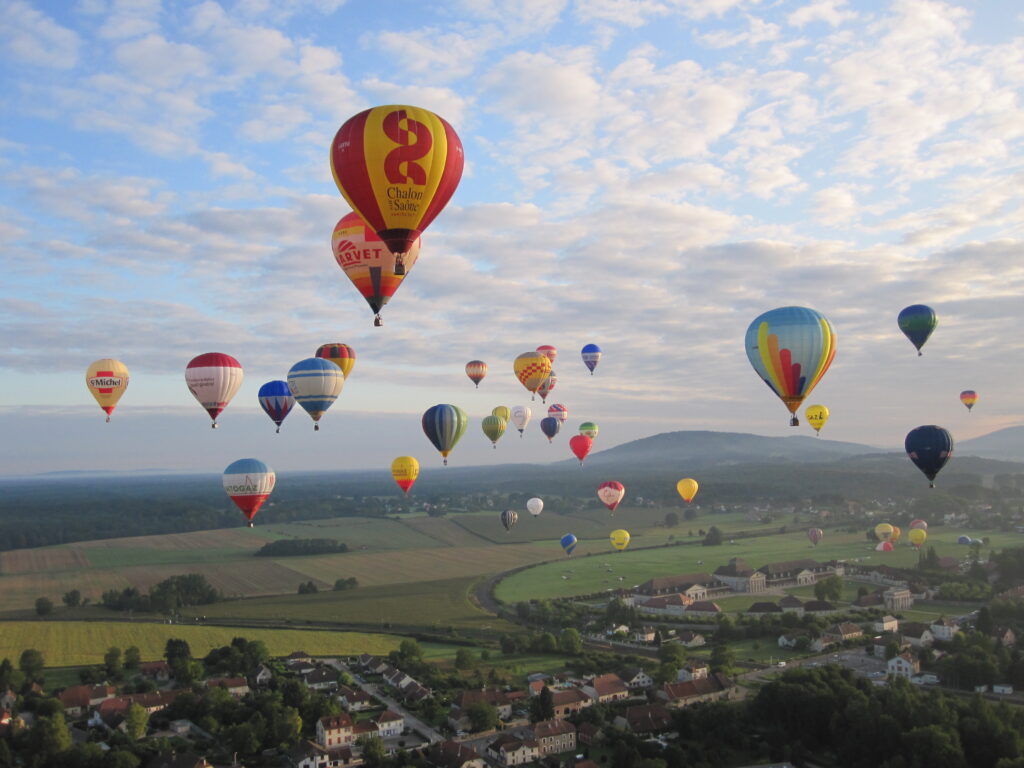Belgium: Geert Peirsman (Tr) – GP
Czech Republic, Petr Kubicek,
Denmark: Jan Andersen (JA)
France: Patricia Lamy (President) – PL
Holland: Karel Abbenes (VP) – Ka
Germany: Benni Eimers (BE)
Spain: Neus llado (NL)
Austria, Thomas Herndl
Switzerland: Balthazar Wicki
UK: Phil Dunnington (Secretary general) – PD
- Start of the meeting.
The assembly started at 16/00 online with “ZOOM” video conference tool.
- Around the table: Covid situation by country
In all countries, business has come back to normal or nearly normal. Everybody flies a lot, with or without masks (in the balloon and/or in the car. There were problems with ground transportation for the passengers, but now everything is OK.
- AMC1.BOP.ADD.315(b)
Because Part BOP was made before Part BFCL, relations between Bop and BFCL are not always clear. So some AMC should be changed, and EBF want to open a discussion with EASA.
Czech Republic sent a proposal to change AMC1.BOP.ADD.315 (in annex to this document):
in case of flight crew members engaged in commercial passenger ballooning, include the content of the proficiency check for the commercial operation rating specified in AMC1 BFCL.215(d)(2)(i) (AMC & GM to Part-BFCL);
TO:
The Operator Proficiency Check shall be conducted by the flight operation manager nominated in accordance with BOP.ADD.040.(c).1
The document sent by the Czech representative Petr Kubicek details all justifications.
Karel Abbenes will make a proposal to EASA, and It may be more appropriate that instead of a “Flight Operation Manager”, it is an FI, or a “nominated person”, which leaves more flexibility.
However, until this rule is changed (or not), of course the current regulation prevails.
- Examinations
The situation varies in the countries:
NL: The Federation has a delegation from the CAA to organize exams thing and it works fine.
B: Nothing exists: no learning objectives, no questions, no exams, so the Belgians go to NL to pass the exams.
D: The Danish Federation takes care of exams with the Gliders Federations.
S: questions Ok, but no flexibility, candidates have to pass all questions the same day, and the success rate must be 80%.
G: All is managed by a new DTO, who is also seeing how to form Belgian FI-Fes.
CZ: 3 special FEs have been nominated to manage the exams. They have made their questions database.
F: Questions OK, but the DGAC cannot cope and we have very few dates and places to pass the theoretical exams. So the French federation proposed to delegate the exams to Fes
- Recency requirements
Some of the members think it is not clear when pilots should do their checks, for instance: – “are recency requirements applicable for newly acquired privileges/ratings? For example, does a new BPL holder have to start with a prof check immediately after his skill test? Does a pilot with a new commercial operation rating have to start with a OPC prof check immediately after his skill test? Does an instructor have to start with an instruction flight with an FI immediately after his assessment of competence?”
The initial intention was simplification, so in general pilots have to combine as much as possible. Karel will discuss this with EASA so that it becomes clearer.
- How to cope with Dominique Roland’s retirement
Dominique Roland, who is very much in favour of General Aviation, and balloons, is retiring at the end of the year. As soon as we know who is replacing him, we must plan a visit to Cologne to present EBF.
- Date of General meeting 2021
All agree that it will be difficult to organize a real trip for 2021 General Meeting. So everybody agrees that we have a virtual GM on Zoom in October, and then a real meeting, in Copenhagen where the Danish AeroClub is happy to welcome us, in May 2022. PL will create a doodle poll to choose a date.
The meeting ended at 17:30 with wishes to meet again soon in real life.





